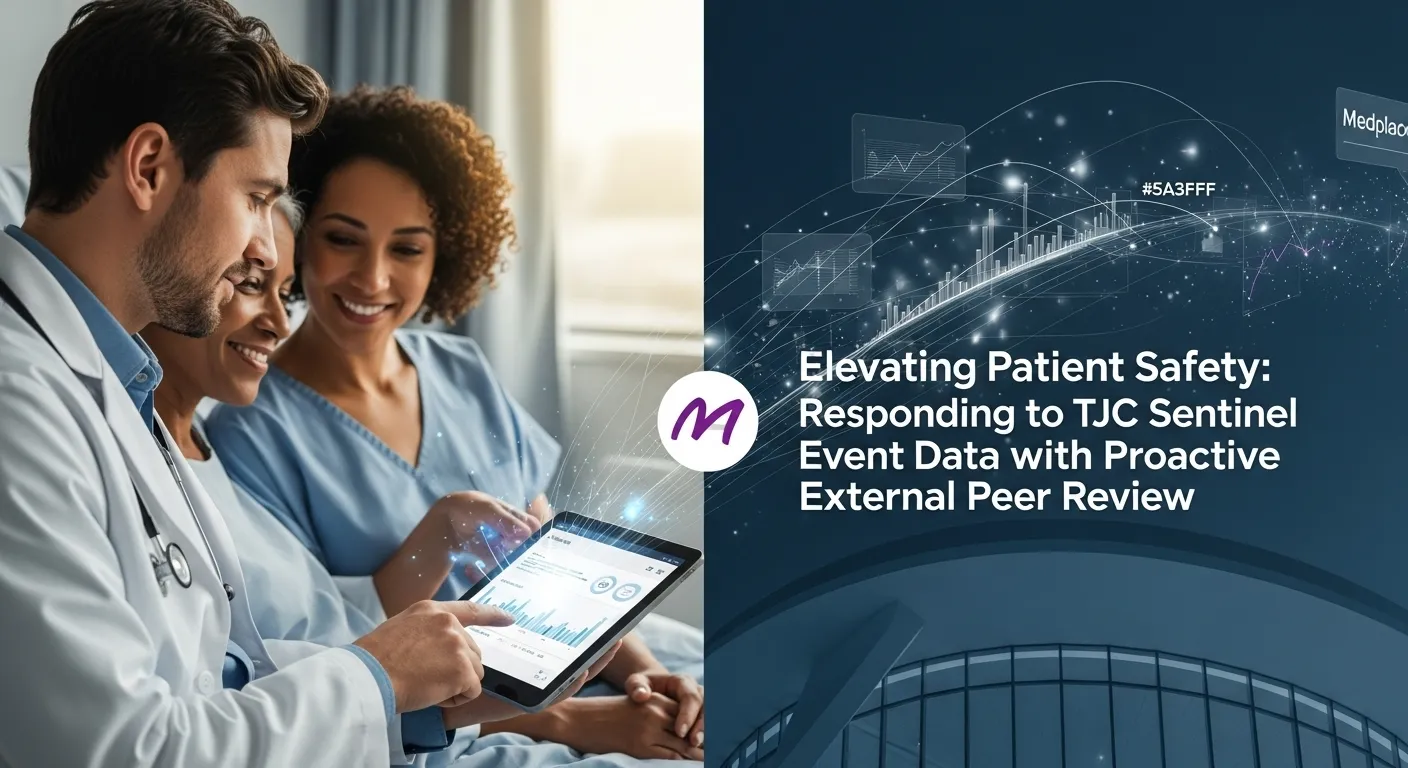
Table of Contents

eClinicalWorks showcases practical AI solutions at HIMSS25, emphasizing augmenting clinical workflows while prioritizing patient safety and independent verification.
eClinicalWorks showcases practical AI solutions at HIMSS25, emphasizing augmenting clinical workflows while prioritizing patient safety and independent verification.
eClinicalWorks at HIMSS25: Navigating AI's Practical Landscape in Healthcare
In an era of rapid technological advancement, healthcare technology continues to evolve at an unprecedented pace. At the recent HIMSS25 conference, eClinicalWorks showcased its approach to integrating artificial intelligence into practical healthcare solutions, offering insights into how emerging technologies can transform patient care.
The AI Revolution in Healthcare: More Than Just Hype
As healthcare organizations increasingly explore AI's potential, the focus is shifting from theoretical possibilities to tangible, implementable solutions. eClinicalWorks is positioning itself at the forefront of this transformation, emphasizing practical applications that directly impact patient care and clinical workflows.
Key AI Integration Strategies
- Enhancing clinical decision support
- Streamlining administrative processes
- Improving patient engagement
Challenges and Considerations in AI Adoption
While AI presents tremendous opportunities, healthcare organizations must navigate complex challenges:
- Ensuring data privacy and security
- Maintaining clinical accuracy
- Addressing potential bias in AI algorithms
This is where independent peer review becomes crucial. At Medplace, we understand that verifying AI-driven recommendations through expert medical evaluation can significantly enhance patient safety and technological reliability.
The Role of Independent Verification
Independent peer review serves as a critical checkpoint in AI implementation, providing an additional layer of validation that can:
- Validate AI-generated recommendations
- Identify potential algorithmic biases
- Ensure compliance with clinical standards
Balancing Innovation and Caution
The healthcare technology landscape requires a nuanced approach. While AI offers unprecedented opportunities for improving patient care, it cannot replace the critical human element of medical expertise.
"Our goal is to create AI tools that augment, not replace, clinical decision-making," noted representatives from eClinicalWorks during the HIMSS25 conference.
Practical Considerations for Healthcare Providers
Organizations looking to implement AI solutions should consider:
- Comprehensive staff training
- Robust testing protocols
- Continuous performance monitoring
- Regular independent medical review
Looking Forward: The Future of AI in Healthcare
As technology continues to advance, the intersection of AI and healthcare promises exciting developments. However, success will depend on a balanced approach that prioritizes patient safety, clinical accuracy, and ethical considerations.
Medplace remains committed to supporting healthcare organizations in navigating this complex landscape, offering a comprehensive network of over 132 medical specialties for expert peer review and technological validation.
Key Takeaways
- AI is transforming healthcare, but requires careful implementation
- Independent peer review is critical for ensuring accuracy
- Human expertise remains paramount in medical technology
Original article reference: eClinicalWorks at HIMSS25

Winning Rural Health Grants in 2025: Proving Program Effectiveness and Quality Outcomes with Robust Peer Review Data
Boost rural health grant success. Medplace's external peer review delivers objective data, proving program effectiveness and quality to secure funding.
.png)
.png)

Elevating Patient Safety: Responding to TJC Sentinel Event Data with Proactive External Peer Review
Learn how external peer review helps healthcare leaders proactively respond to TJC sentinel event data, ensuring objective, expert reviews, reducing risk, and boosting patient safety and compliance with Medplace.
.png)
.png)

Strengthening Patient Safety and Emergency Readiness: A CAH's Guide to 2025 CMS CoP Updates and Peer Review Best Practices
CAHs must strengthen patient safety & emergency readiness for 2025 CMS CoP updates. External peer review from Medplace offers objective, efficient, specialty-matched evaluations to reduce risk, improve compliance, and enhance provider satisfaction.
.png)
.png)



.png)
.png)
.png)


.png)




.png)